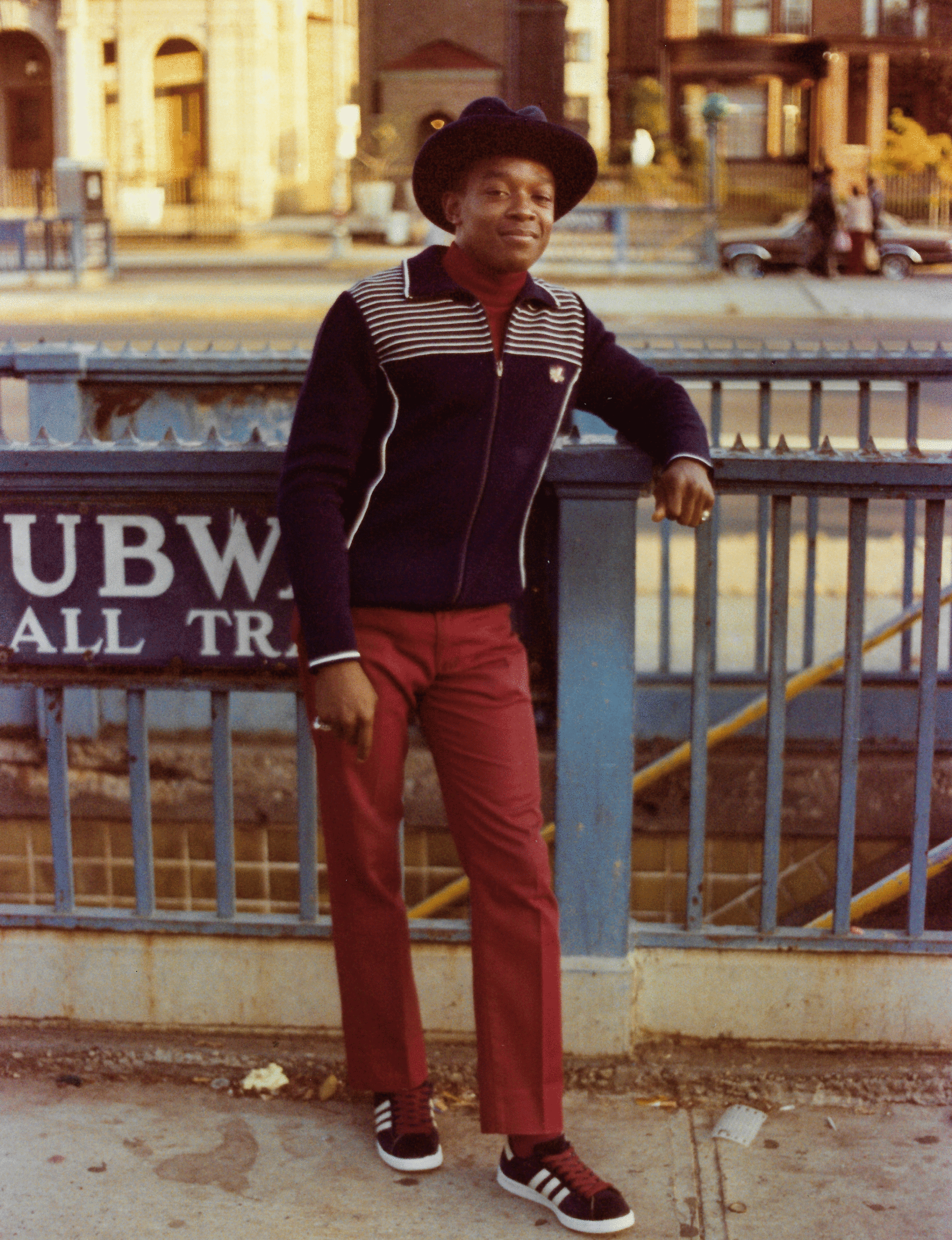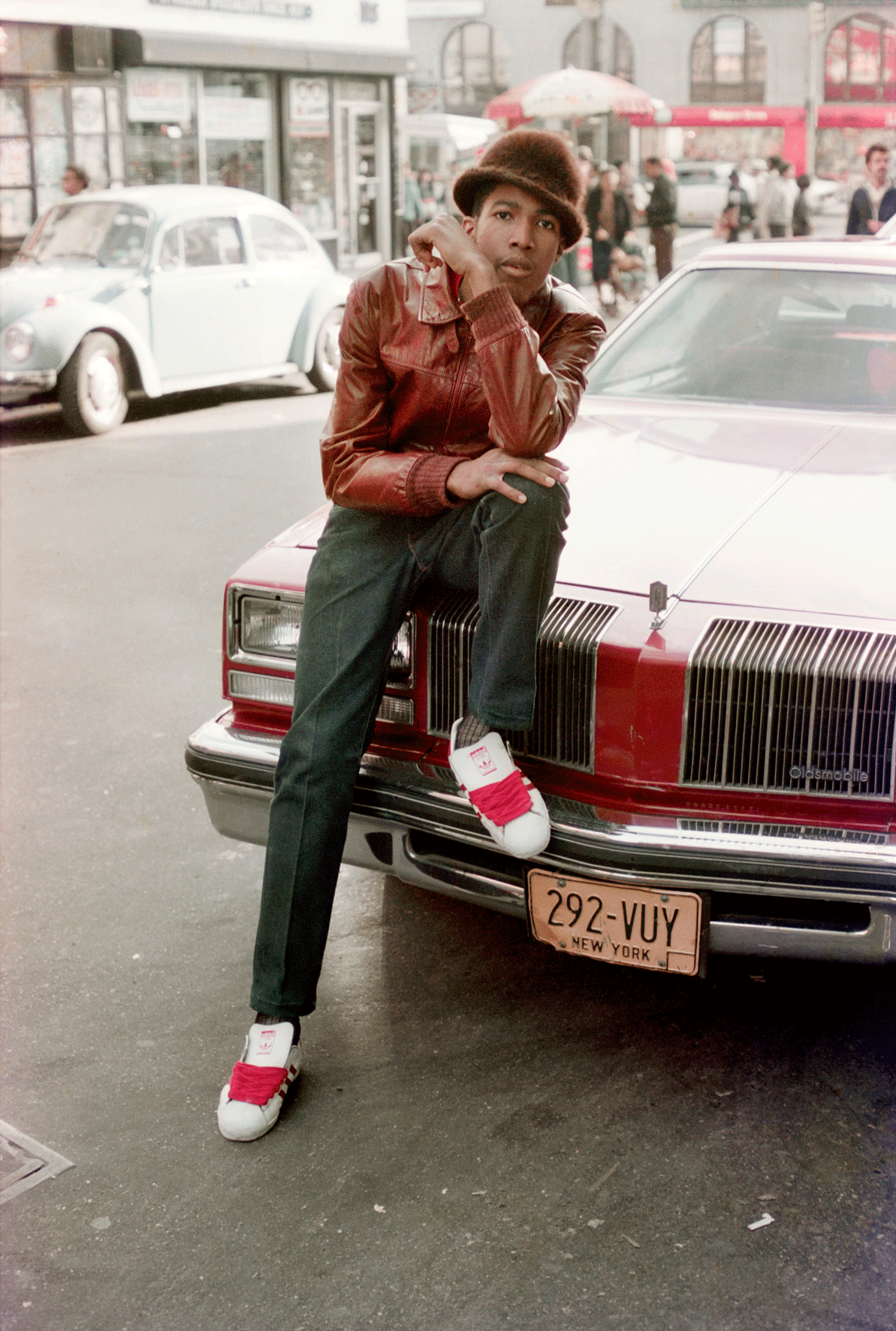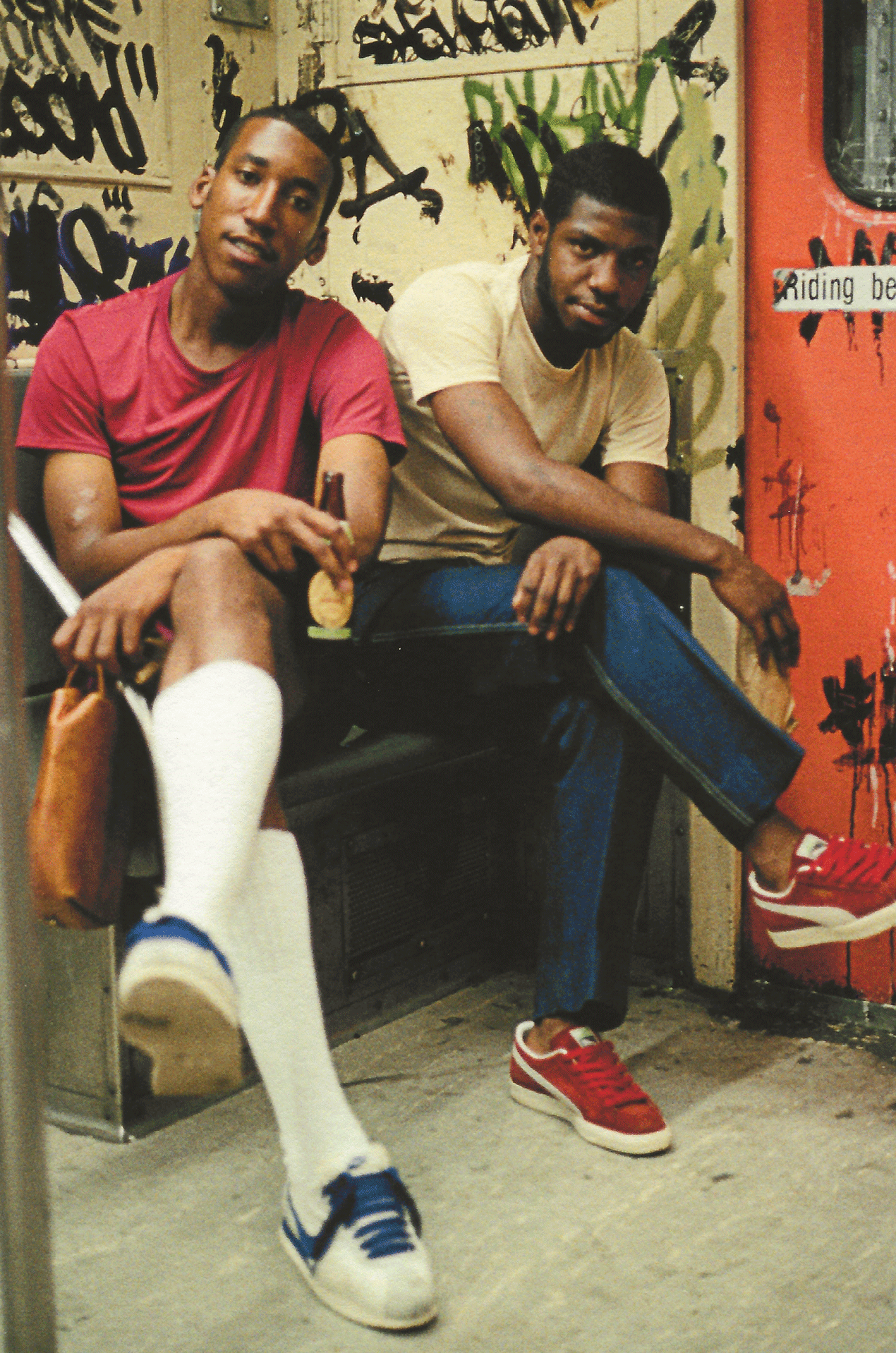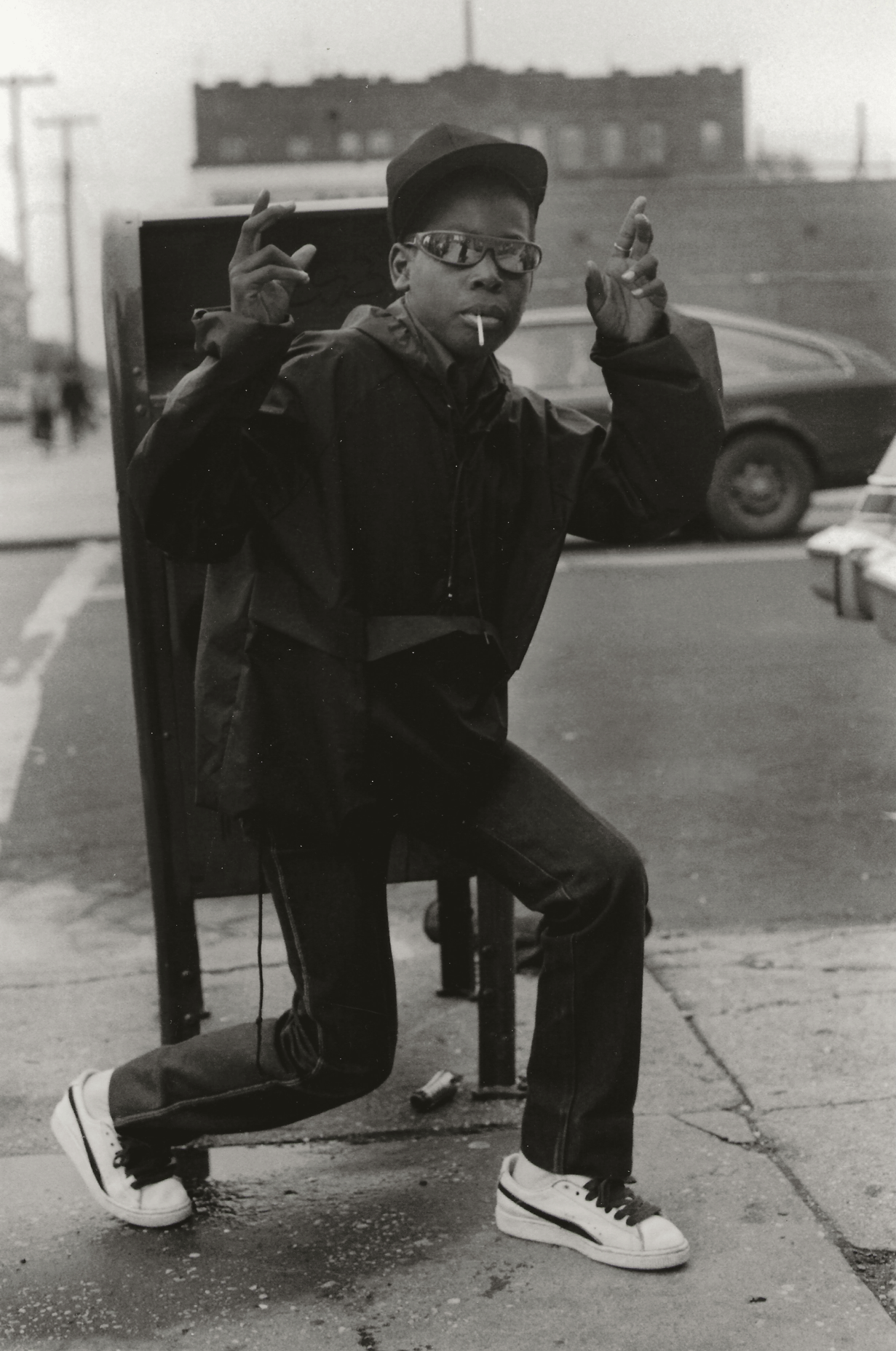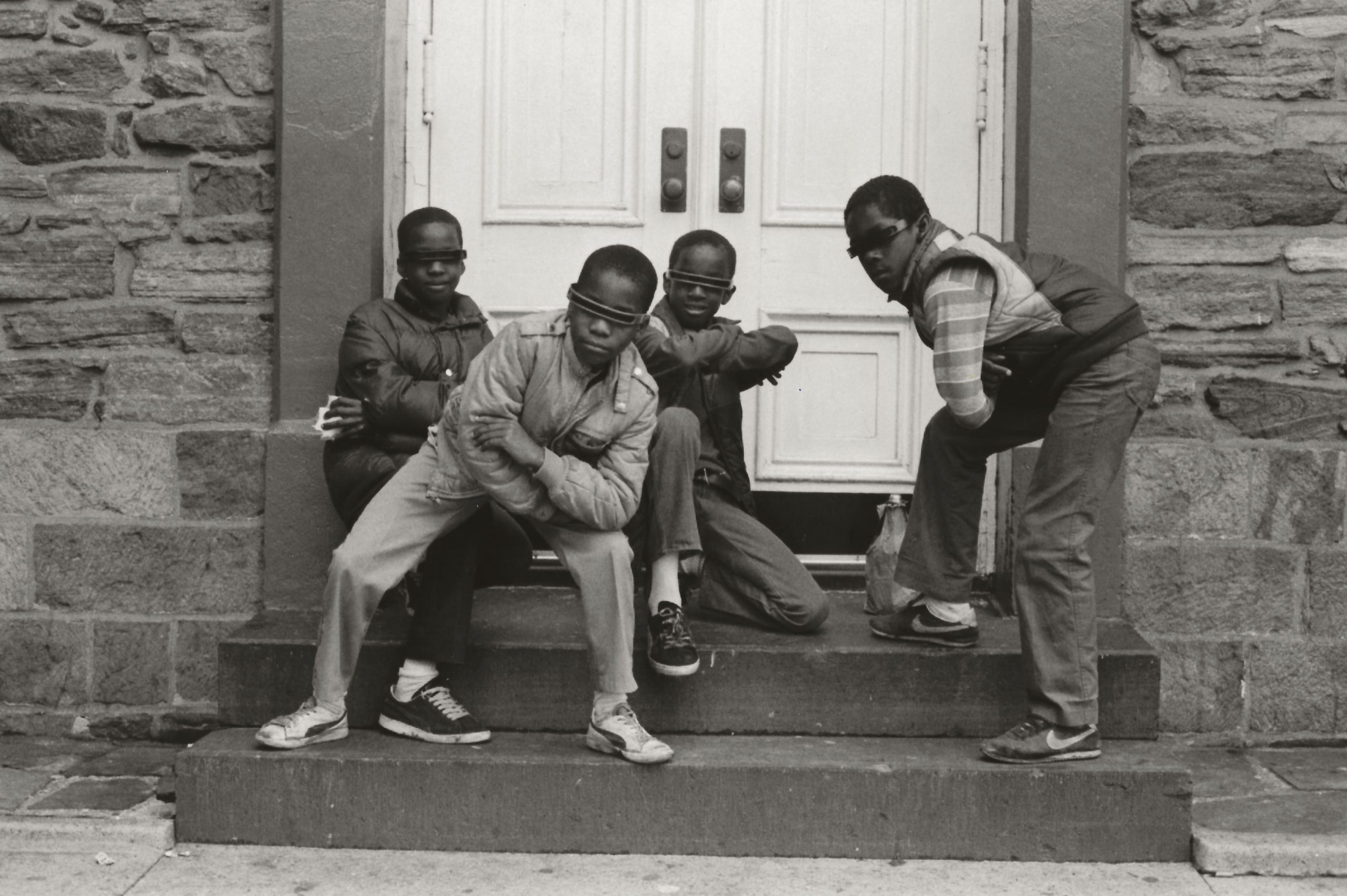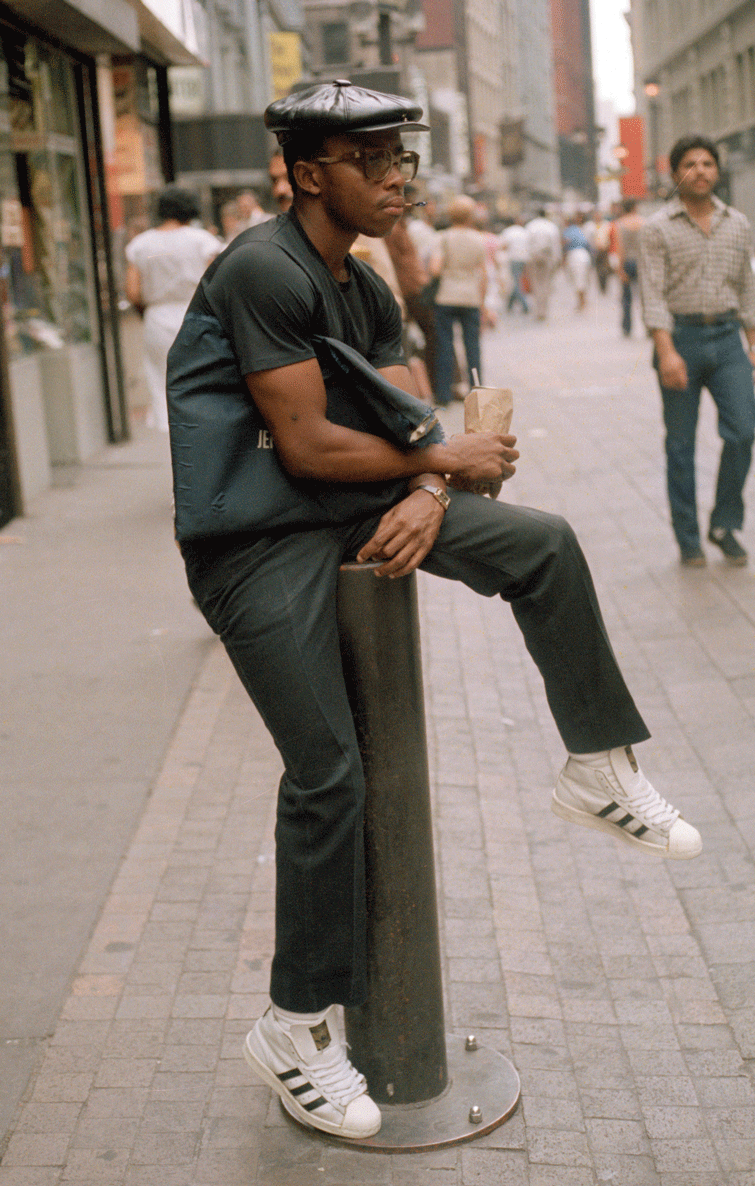Jamel Shabazz, a luminary in the world of street photography, leaves an indelible mark on the American visual landscape with his compelling and evocative body of work. Amidst the backdrop of a tumultuous era in the nation’s history, Shabazz turned his lens towards the minority communities and urban landscapes of America, primarily focusing on the vibrant tapestry of New York City. His pioneering spirit manifested in the creation of a striking and profoundly authentic visual narrative of African-American and minority lives during a period of profound social and cultural change.
Jamel Shabazz possessed a remarkable ability to harness the elements at his disposal, skillfully crafting images that transcended mere photographs and became immersive windows into the heart of the black community in that time and place. His art, born from the raw fabric of the city, served as a testament to the exuberance and resilience of those who grew up in the vibrant, dynamic environment of New York.
One of Shabazz’s most remarkable achievements was his ability to paint a different, more authentic portrait of the minority poor class, defying the negative stereotypes that had plagued them for far too long. His work illuminated the joys and happiness that were an integral part of life within these communities, effectively countering the misconceptions that had persisted.
Notably, when the influential hip-hop culture began weaving its threads into the city’s cultural fabric, Shabazz recognized a void in the media coverage. He identified a discrepancy between well-known celebrities and the ordinary people who were the lifeblood of this cultural phenomenon. With a keen eye and an unwavering commitment to his craft, he set out to fill this void by showcasing the true essence of the street culture that thrived in New York during the ’80s and ’90s.
Jamel Shabazz’s body of work has transcended the realm of mere photography; it has evolved into an invaluable archive of street culture, an immersive time capsule of New York during a pivotal period in American history. His dedication to shedding light on the lives, experiences, and stories of those often marginalized and overlooked has left an enduring legacy in the world of photography. Through his lens, he not only documented an era but also gave a voice to those whose stories needed to be heard, and his art continues to resonate with and inspire generations of photographers, artists, and admirers alike.
